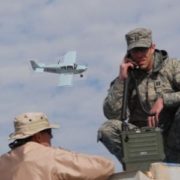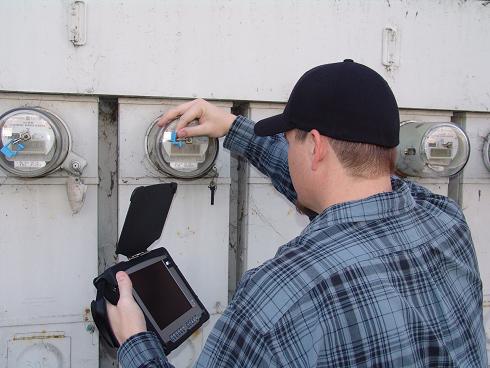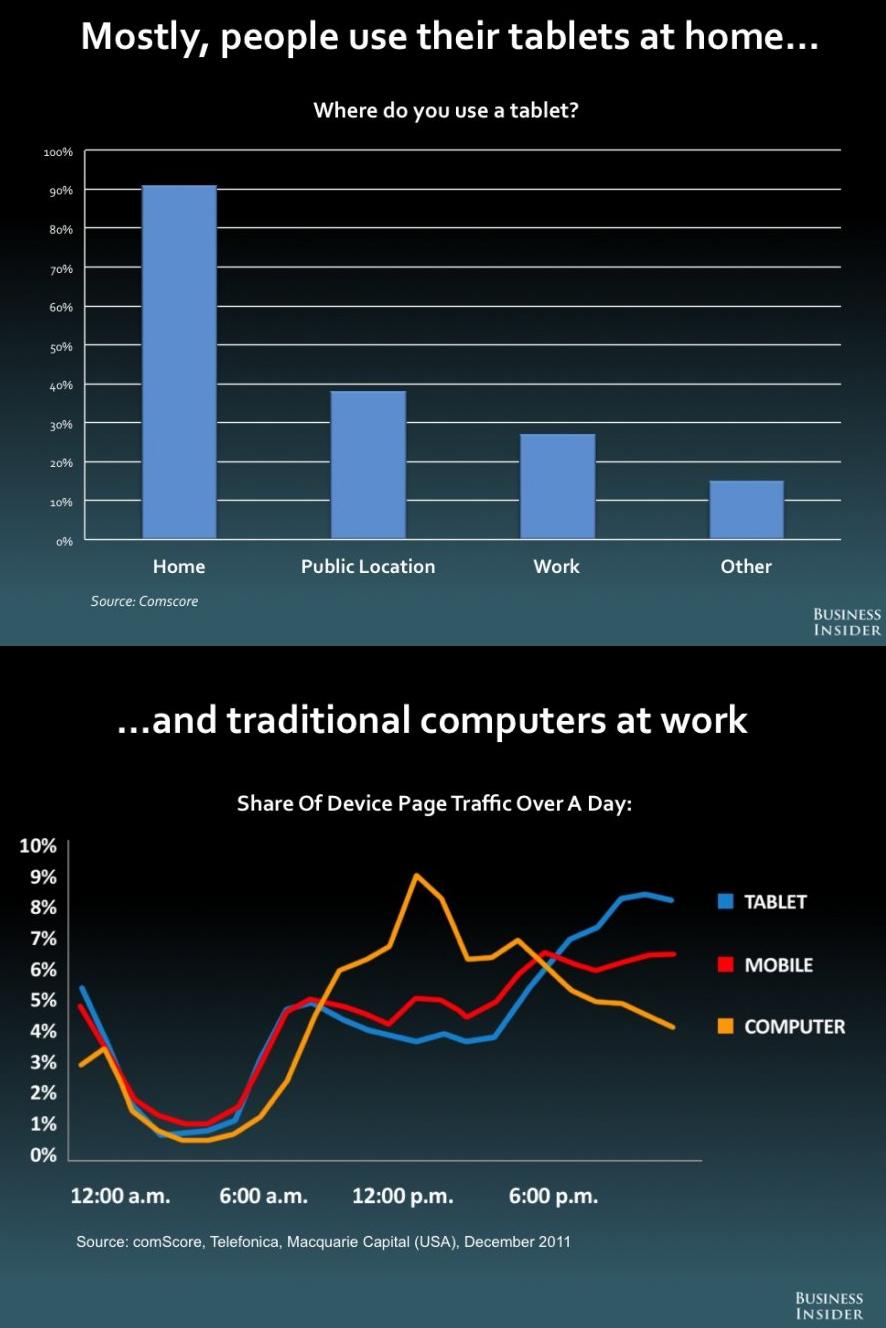 For decades, the American military has pursued the related goals of interoperable combat communications, netcentric warfare, and team/joint warfare. These Defense initiatives have been more noted for their challenges than their successes. In fact, problems facing true interoperability seemed so great that I had associated it with the drive for procurement reform, i.e. a good idea, but it ain’t going to happen.
For decades, the American military has pursued the related goals of interoperable combat communications, netcentric warfare, and team/joint warfare. These Defense initiatives have been more noted for their challenges than their successes. In fact, problems facing true interoperability seemed so great that I had associated it with the drive for procurement reform, i.e. a good idea, but it ain’t going to happen.
A recent article about the Israel/Gaza war has caused me to revise my skepticism. The IDF’s first fully digital war describes two incidents, which reveal the reality of interoperable communications.
The article contains a video (in Hebrew), which records the first incident. Gunfire from an unknown origin has pinned down Israeli infantrymen in a building. A trapped Israeli soldier radios an airplane, and then asks the pilot if he can locate his adversaries. The pilot calmly reassures the soldier that he sees the enemy, and will “destroy” them, which he does.
In a second incident, Navy radar detected the movements in water off the coast of Israel. The Navy warned seaside military surveillance operators, one of whom spotted Hamas gunmen coming ashore. Video and relevant intelligence was distributed simultaneously both to ground and air forces, who successfully attacked the enemy.
These stories come from Israeli Command, Control, Communications, Computers and Intelligence (C4I), who boasted that the interconnectivity of their forces in Gaza is “unprecedented.” They describe how multiple sources feed video/intelligence to a central core, which then relays them to the appropriate commanders in the field. If you have read about the doctrine of netcentric warfare or the drive toward interoperable communications, this should sound very familiar.
The above referenced article was sent to me by someone who wanted to impress me with the technological awesomeness of the Israeli Defense Forces (IDF). I was about to write her back an email, which essentially said, “Yes, the IDF is very advanced, but these capabilities are no big deal. This sort of thing has been going on for years.”
Before I hit the “sent” button, I reconsidered the message of my email. I compared the Israeli infantryman’s experience with that of a soldier in the American invasion of Grenada during the early 80s. The American soldier placed a long distance, international, commercial phone call (a big deal in those days) to Fort Bragg, North Carolina in order to obtain C-130 gunship support for his unit, which was under fire. The call for support was relayed by satellite to the gunship, which did respond. The soldier had to use a commercial telephone service in this roundabout manner, because, in spite of planning and promises, there was no interoperable communications between services.
The Israeli soldier had access to critical, direct inter-service communications that the earlier American soldier did not. The fact that I was not impressed by the Israeli stories is actually a sign of how far we have come.
I contacted Robert Culver, AMREL’s Director of Business Development – DoD Programs for his expert opinion on the current state of interoperability. Had the future arrived, and I hadn’t noticed?
Robert confirmed my impression; the Israeli stories are mundane. However, he warned that we haven’t reached interoperable utopia yet. “The problem is not technological,” he said.
Consider the first story of the trapped Israeli infantryman. A “call for fire” is different for an air strike than it is for artillery or other ground support. For one thing, the impact of an aerial strike would be greater. Has the infantryman been trained to know when an aerial strike is appropriate? Has he mastered the jargon and rules of the Air Force?
It is not practical for everyone in a military offensive to have open communications with everyone else; they would drown in a sea of confusing chatter. Probably, the Israeli pilot was talking to a forward observer, who has been trained for this scenario, but how much training? “You can practice with bullets every day. Planes, not so much,” said Robert.
What about the pilot? Can he see what the infantryman did? In this story, he was able to locate the building in which the Israelis were pinned down, but it may not be so easy in every instance.
Part of the controversy surrounding the plans to eliminate the beloved A-10 (Warthog) has to do with how the Air Force sees itself. A-10s fly low to the ground (Robert:”We can see them eyeball to eyeball”). But the Air Force doesn’t think of itself as a close ground support service. They want to rely on the high-flying B-2, and use to technology to compensate for the distance of the pilot from the ground. Would the trapped Israeli scenario described above be possible if the pilot was flying a B-2? Would the infantryman know enough to make the proper request to the most appropriate airplane?
Let’s say the infantryman, or more likely a forward observer, was adequately trained for interoperable communications. Could he do anything else useful? This is not a facetious question. Modern American soldiers are among the most educated in history. In order to coordinate with other services, they will have to learn even more. Cognitive overload is a definite danger.
Even if we are able to adequately train all the services to work well and play nice together, will it do any good? As noted above, American military personnel had been trained in interoperability for the Grenada invasion. Interoperability failed almost immediately. A number of reasons have been cited, but one of the more interesting is the lack of “exercise realism.” Joint service exercises are thoroughly prepared and optimized for results. Of course, “no battle plan ever survives contact with the enemy,” but multiple service cooperation adds a layer of complexity that is easily disrupted.
There are other difficulties, which will be familiar to anyone who has read about interoperable battlefield communications. The need for an open network conflicts with security requirements. Bandwidth management is already a problem, but will get worse with an increase in radio communications.
Interoperable communications have vastly improved. Tales of pilots talking directly to ground-pounders inspire a ho-hum reaction. But we have a long way to go before we fulfill the true promise of interoperability.
For his insights, many thanks to Rob Culver.
He can be reached at (603) 325 3376 or robertc@amrel.com.












 OK, maybe not
OK, maybe not 








